ANIMALS GROUPS
Home » ANIMALS GROUPS

BIRDS
 warm-blooded
warm-blooded- egg-laying, Vertebrate
- Beak with no teeth
- skeletal structure filled with hollows and air sacs
- Feathers composed of keratin and other proteins for insulation. Eg. Kingfisher, Duck, owl
FISH
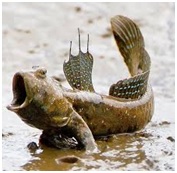 cold blooded
cold blooded- egg-laying
- Vertebrate
- breathe using gills
- have a scaly skin
- fins instead of limbs
There are a few Exceptions.
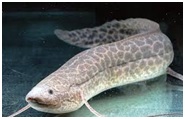 Tunas and marlins and mako sharks that are warmer than the water.
Tunas and marlins and mako sharks that are warmer than the water.- Fish like a mudskipper or walking catfish crawl on land.
- Lungfish have lungs.
- Eels are scale-less.
REPTILES
 cold-blooded, soft-shelled eggs
cold-blooded, soft-shelled eggs- vertebrate, dry scaly skin
- Scales can be hard or soft, large or small.
- snakes, lizards, crocodiles, turtles, and tortoises
There are a few Exceptions.
- Snakes are legless reptiles; Turtles are reptiles with a big shell to protect them.
MAMMALS
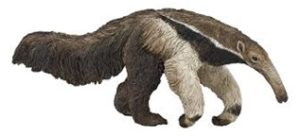 warm-blooded
warm-blooded- Give Birth to Young Ones
- vertebrate
- Possess hair or fur
- females secrete milk to nourish young ones
- They are most intelligent among all animals.
- Humans, dogs, whales, elephants, horses, Bats, Dolphins
There are a few Exceptions.
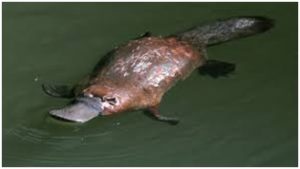 Mammals have teeth with the exception of the ant eater which doesn’t have any teeth.
Mammals have teeth with the exception of the ant eater which doesn’t have any teeth.- A few mammals lay eggs like platypus and the long-nosed spiny anteater.
AMPHIBIANS
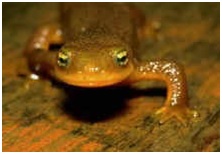 cold-blooded
cold-blooded- egg-laying
- Vertebrate
- When they hatch from their eggs, amphibians have gills so they can breathe in the water.
- Later, their bodies change, growing legs and lungs enabling them to live on the land
- first part of their lives in the water and the last part on the land
- frogs, toads, newts, salamanders, and caecilians
INSECTS
 cold-blooded
cold-blooded- egg-laying
- Invertebrates
- Their bodies are made up of three sections called the head, the thorax, and abdomen.
- All insects will have a pair of antennae on their head.
- All have six legs connected to the thorax
- Young insects are called nymphs/caterpillars. As insects grow, they get a new hard outer covering by getting rid of the old covering and growing a new one called molting.
- Butterfly, dragon fly, Cockroach
There are a few Exceptions.
 Arachnids will have eight legs.
Arachnids will have eight legs.



